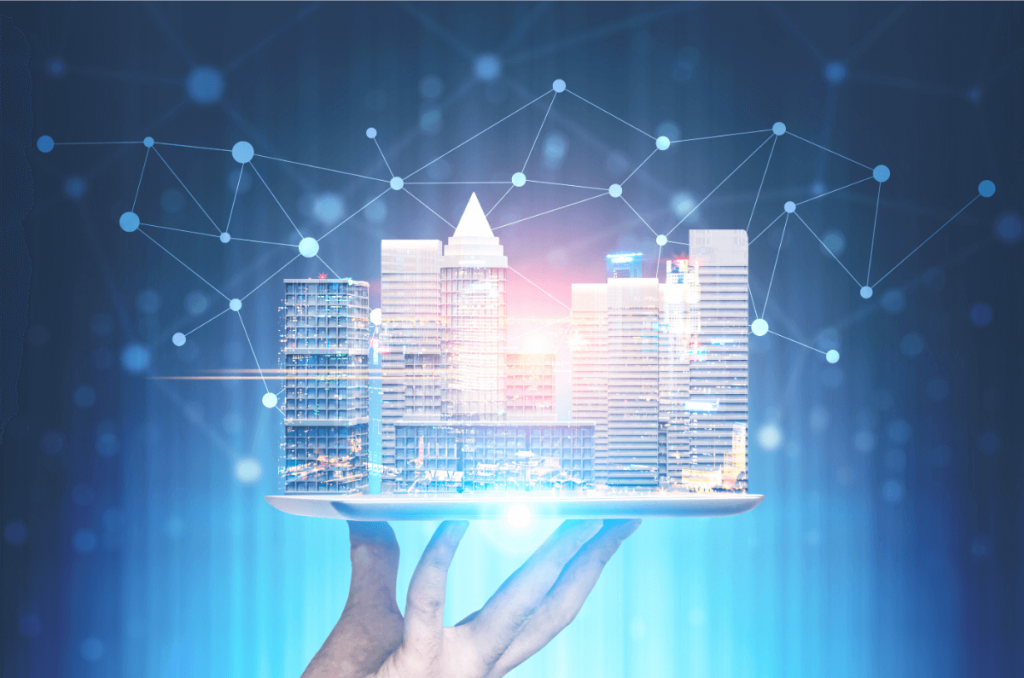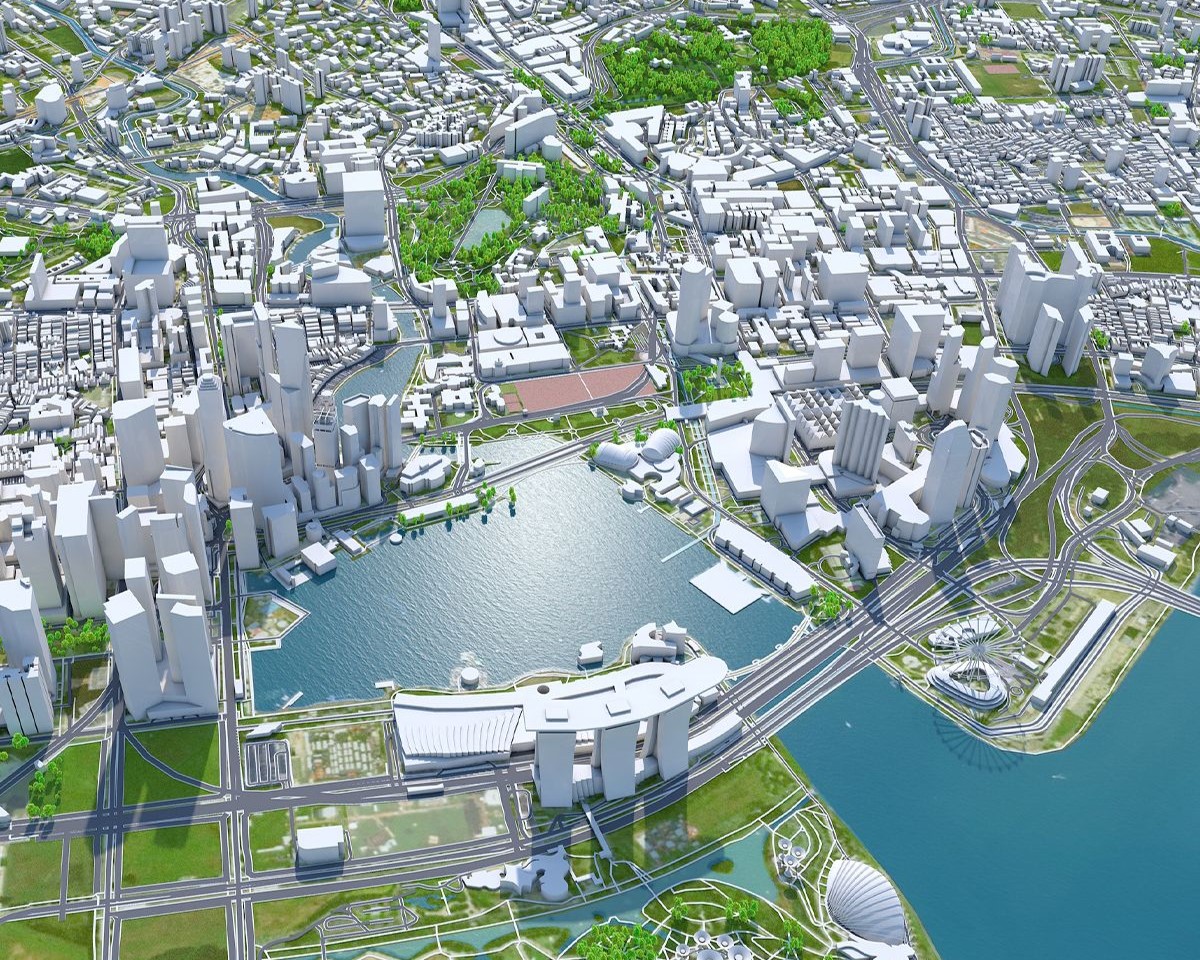
What are digital twins? How can they address climate change? These are popular questions from people who want to leverage innovative technologies to develop effectively green solutions. Digital twins have emerged as a powerful tool for simulating and optimizing climate solutions. In this article, we will explore what digital twins are, their application in climate strategy, and how they can contribute to a sustainable future.
What are Digital Twins?
Digital twins are virtual representations of physical objects, processes, or systems. By using real-time data, digital twins can simulate and analyze the behavior and performance of their physical counterparts. This technology integrates Internet of Things (IoT) sensors, artificial intelligence (AI), and machine learning to create dynamic models that can predict outcomes, optimize processes, and enhance decision-making.
The Role of Digital Twins in Climate Solutions
Digital twins are revolutionizing the way we approach climate solutions across various sectors, such as urban planning, energy management, and agriculture.
1. Urban Planning and Smart Cities
Firstly, digital twins can create comprehensive models of urban environments, allowing city planners to simulate the impact of different climate strategies. Thanks to analyzing factors such as traffic flow, energy consumption, and green space allocation, cities can optimize their infrastructure to reduce carbon emissions and enhance resilience against climate change.
Example: Singapore’s Virtual Singapore
Singapore has developed a digital twin called Virtual Singapore, which provides a 3D model of the city. This platform enables urban planners to evaluate the effects of new buildings, transportation systems, and climate policies, ultimately driving sustainable urban development.

2. Energy Management
In the energy sector, digital twins can monitor and optimize the performance of renewable energy sources, such as wind turbines and solar panels. They analyze data on weather patterns and energy consumption and then these virtual models can enhance energy efficiency and predict maintenance needs.
Example: GE’s Digital Wind Farm
General Electric (GE) has implemented digital twins in its wind farms, allowing operators to simulate and optimize turbine performance. As a result of leveraging real-time data, GE has achieved significant improvements in energy output and reduced operational costs.
3. Agriculture and Land Use
Digital twins can assist farmers in managing their crops more sustainably. After simulating soil conditions, weather patterns, and water usage, farmers can make data-driven decisions. And what’s more, they can enhance productivity while minimizing environmental impact.
Example: The Digital Agriculture Initiative
Several agricultural organizations are adopting digital twin technology to create virtual models of farms. These models help farmers optimize irrigation, reduce pesticide use, and improve crop yields. Consequently, they contribute to sustainable food production.
Benefits of Using Digital Twins for Climate Solutions
1. Enhanced Decision-Making
Firstly, digital twins provide stakeholders with critical insights and data, enabling them to make informed decisions about climate strategies. By simulating various scenarios, policymakers can understand the potential impacts of their choices, fostering more effective and sustainable solutions.
2. Improved Resource Management
Secondly, with real-time data and predictive analytics, digital twins help organizations optimize resource allocation. This efficiency reduces waste and minimizes the environmental footprint of various processes, contributing to climate resilience.
3. Increased Collaboration
Finally, digital twins facilitate collaboration among stakeholders, including governments, businesses, and communities. By sharing insights and data, these entities can work together more effectively to implement climate solutions that benefit all.
Challenges and Considerations
Digital twins offer promising solutions for climate challenges. However, there are several considerations to keep in mind:
1. Data Privacy and Security
Ensuring data privacy and security is paramount because digital twins rely on vast amounts of real-time data. Furthermore, stakeholders must implement robust security measures to protect sensitive information.
2. Integration with Existing Systems
Organizations may face challenges in integrating digital twin technology with their existing systems and processes. Therefore, a strategic approach to implementation is essential for maximizing the benefits of digital twins.
3. Skill Gaps
It has challenges not only with existing system, but also with specialized skills in data analysis, AI, and IoT. So that, investing in training and education is crucial to building a workforce capable of leveraging this technology effectively.
Conclusion
In conclusion, digital twins provide a transformative solution for simulating and optimizing climate strategies. By harnessing real-time data and predictive analytics, digital twins empower stakeholders to make informed decisions. Not only that, it can improve resource management, and foster collaboration. Despite challenges exist, the potential of digital twins to drive sustainable development is undeniable. Therefore, we will continue to explore innovative technologies. Thus, digital twins will play a important role in shaping a more resilient and sustainable future.


